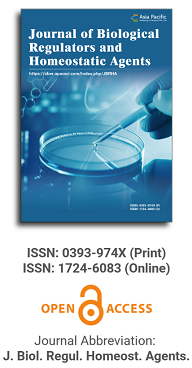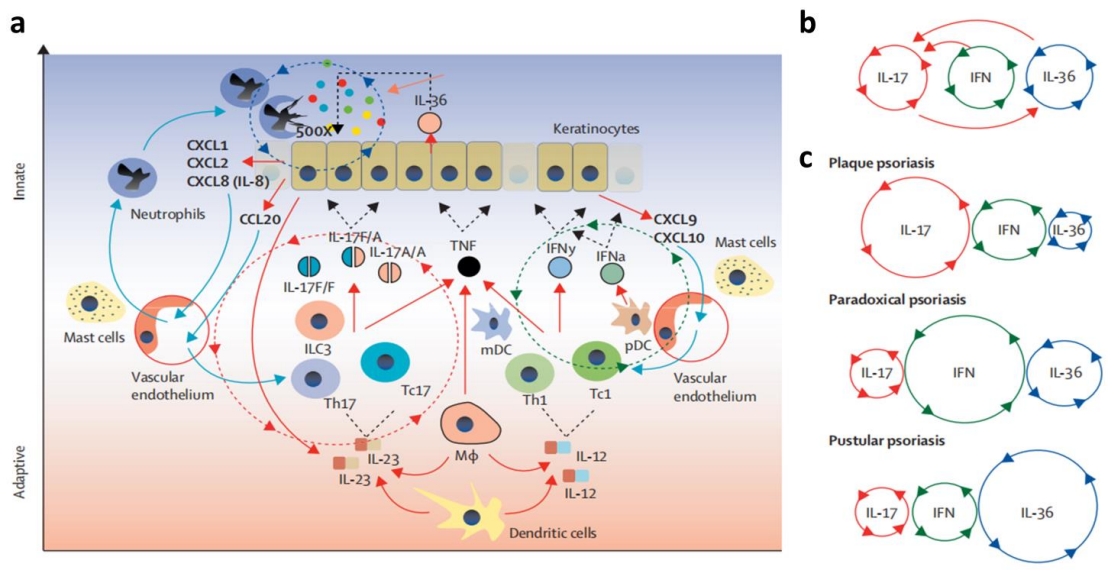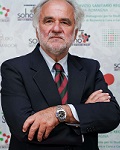
Asia Pacific Academy of Science Pte. Ltd. (APACSCI) specializes in international journal publishing. APACSCI adopts the open access publishing model and provides an important communication bridge for academic groups whose interest fields include engineering, technology, medicine, computer, mathematics, agriculture and forestry, and environment.

Interrelationship between IL-3 and mast cells
Vol 28, Issue 1, 2014
Abstract
It is well established that mast cells, which are found in the tissues in the proximity of small blood vessels and post-capillary venules, play a key role in the early phase of IgE-mediated allergic reactions. A greatly expanded understanding of the biology of IL-3 has emerged since the early 1980s. IL-3 is a specific factor that stimulates the growth of hematopoietic stem and progenitor cells of a variety of lineages and can promote the proliferation of certain classes of lymphocytes distinct from those that are dependent on IL-2. IL-3 has been identified among the most important cytokines for regulation of mast cell growth and differentiation, migration and effector function activities of many hematopoietic cells. IL-3 termed multi colony-stimulating-factor (multi-CSF) or mast cell growth factor (MCGF) is a haematopoietic growth factor which stimulates the formation of colonies for erythroid, megakaryocytic, granulocytic and monocytic lineages. It is predominantly produced by activated T cells, natural killer (NK) cells and mast cells and supports the growth-promoting effects of SCF on mast cell precursors. IL-3 causes severe hypersensivity reactions and plays a pivotal role in exacerbating the inflammatory response in vivo. Here we report the interrelationship between IL-3 and mast cells.
Keywords
References
Supporting Agencies
Copyright (c) 2014 S. K. Kritas, A. Saggini, G. Cerulli, A. Caraffa, A. Pantalone, R. Saggini, S. Frydas, M. Rosati, M. Tei, A. Speziali, F. Pandolfi, P. Conti

This site is licensed under a Creative Commons Attribution 4.0 International License (CC BY 4.0).

Medical Genetics, University of Torino Medical School, Italy

Department of Biomedical, Surgical and Dental Sciences, University of Milan, Italy

